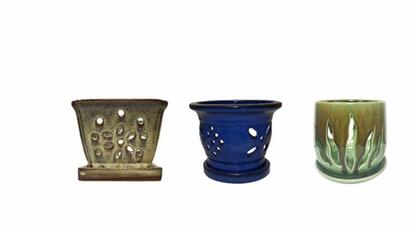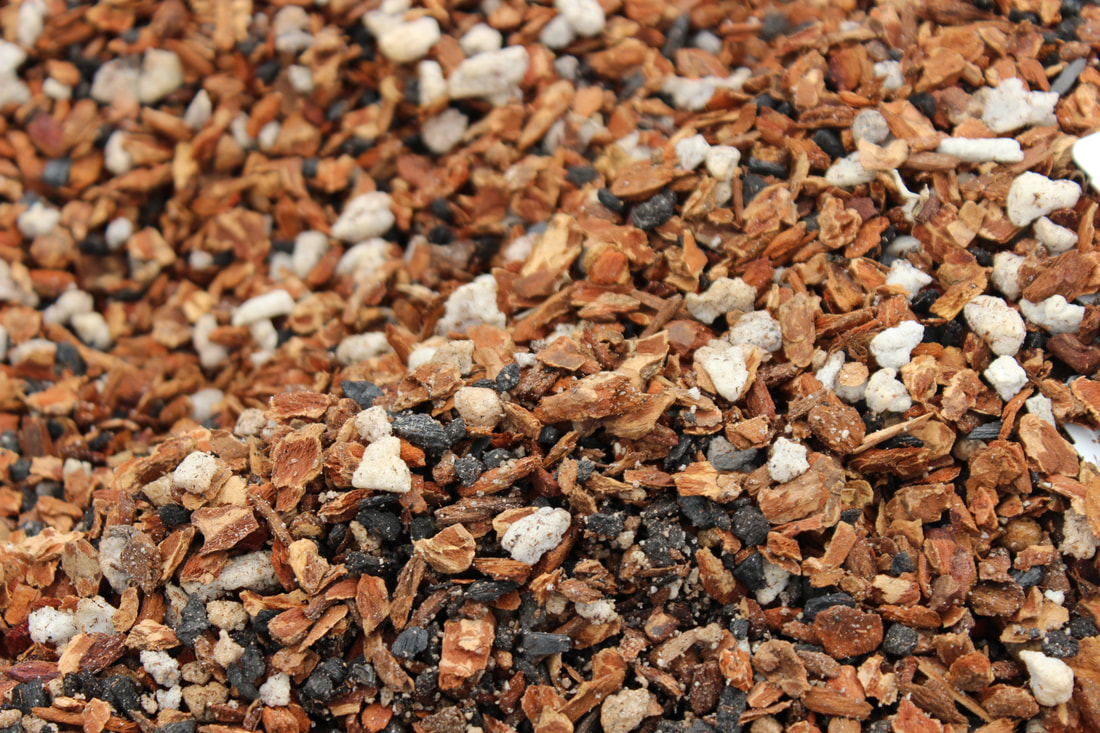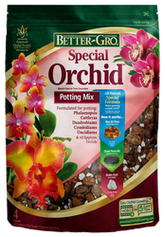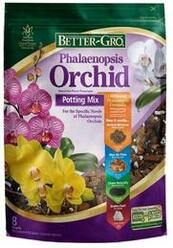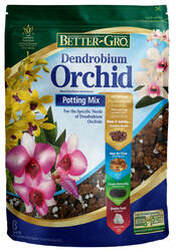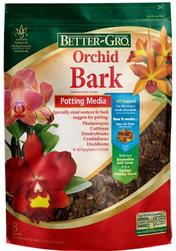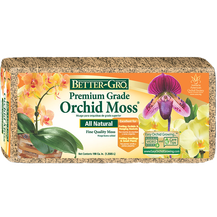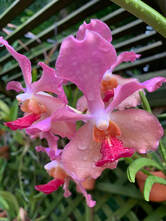 If you keep your orchids outdoors during the summer to take advantage of the rainy season and warm weather, be careful that your plants aren’t receiving too much of a good thing. Orchids are natural epiphytes that derive water and nutrients from tree canopies. Their native settings allow plants to soak up just the right amount of rain, shed unnecessary water and allow roots to dry out between rain showers. Despite our attempts to mimic an orchid’s natural setting, an outdoor potted orchid needs extra care and attention to avoid receiving too much water.
Orchid Varieties
All orchids are not the same. Some varieties prefer to dry out completely between waterings such as vandas and phalenopsis (moth orchids). Other orchids such as paphiopedliums (lady slippers), miltonias (pansy orchids) and cymbidiums like to stay evenly moist but not soggy. Orchids that like something in the middle - evenly moist during high growth periods but dry outs between waterings - include cattleyas, dendrobiums and oncidiums. What Is the Harm in Too Much Water? There is such as thing as “too much of a good thing” as it relates to rainwater and your outdoor orchids. Without proper drainage, too much water can literally kill your plant. Overwatering can deprive your orchid roots of oxygen. In a short period of time, your healthy green or brown roots will turn black and begin to rot. This wet environment is ideal environment for bacteria or fungus. If you aren’t careful, the damage caused to your roots will eventually show in the leaves of your plants. By then, unfortunately, it may be too late to save the plant. So take the time this summer to routinely check your outdoor orchids to be sure they aren’t getting too much of a good thing with these summer rains. 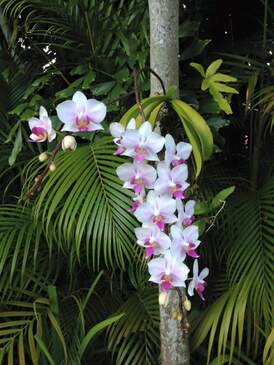 Bring some color, interest and unique accents to your yard by mounting orchids to trees near your entryway, by the pool or where you spend your time outdoors. Orchids are epiphytes and grow naturally in the wild in tree canopies. They derive their moisture and nutrients directly from the air and from surrounding debris. In most cases, host trees are not harmed by orchids which makes tree mounting a great option for your yard. Mounted orchids grow best in temperate zones and the tropics. Be sure to check the temperature tolerance of your specific orchid before relocating it to an outdoor location. Virtually every type of orchid including Vandas, Phalenopsis, Oncidiums, Dendrobiums and Cattleyas will perform well when mounted to a tree.
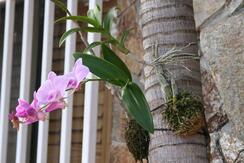 Orchids can be attached to trees using a variety of different methods. Option 1: Simply attach the orchid to a tree limb and secure with biodegradable twine. You may want to wrap the root ball in sphagnum moss to initially keep the roots from drying out. Option 2: Create a burlap pocket filled with your orchid plant and Better-Gro® potting mix. Attach the pocket to the tree with twine. Over time, the twine and burlap will degrade, however, your orchid will have grown roots into and around the tree bark. Orchids attach best to trees with textured bark rather than smooth surfaces like certain palm species. The best time of year to mount orchids to trees is (1) when your orchid is heading into the growing season (2) during the wet time of year, typically the summer. With minimal effort, expense and care, your orchids will quickly adapt to their new surroundings. You will be rewarded with fresh blooms and a new look in your yard. 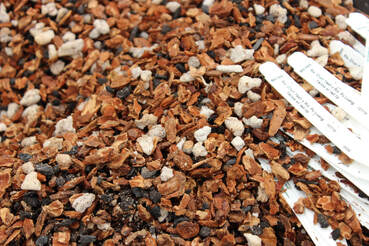 What potting mix is best for growing orchids? Bark, moss, lava rock? Well, the answer depends on the type of orchids you are growing, the location of your orchids, and how you care for them. For example, if you're in an area with a very dry climate, you should select a mix that retains moisture. If you grow your orchids indoors and tend to over water your plants, you will want potting mix that drains well. So how do you know which mix retains moisture and which ones do not? First, let’s look at the ingredients found in orchid potting mixes and their specific traits:
Of course, we don't expect you to find these individual ingredients and make your own orchid mix. Thankfully, our head grower applied his many years of research and experience to develop our line of Better-Gro Orchid Potting Mixes. The following products are the exact same mixes that we use in our greenhouses to grow thousands of plants each year.
|
Resources
|
Company |
|

